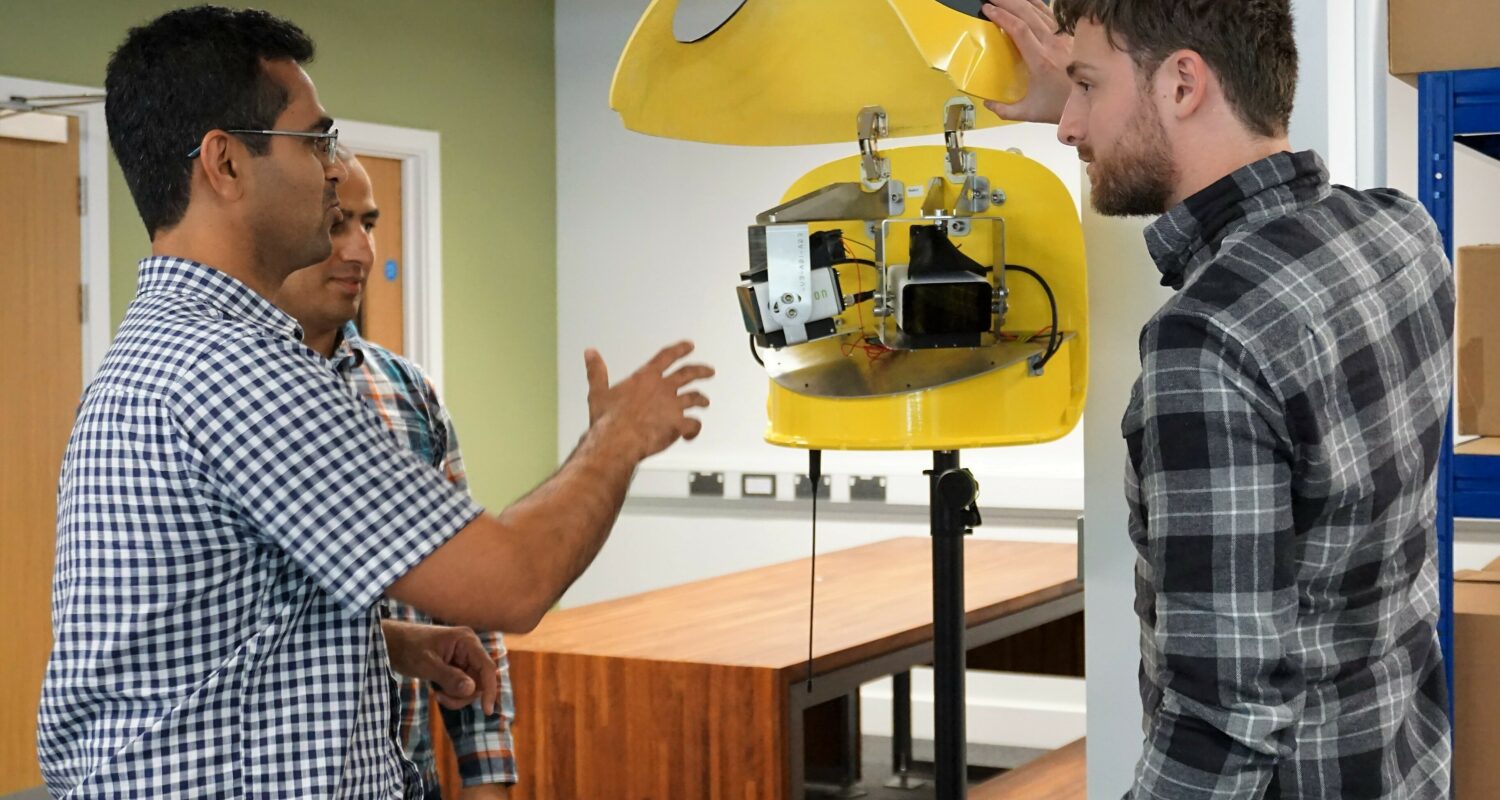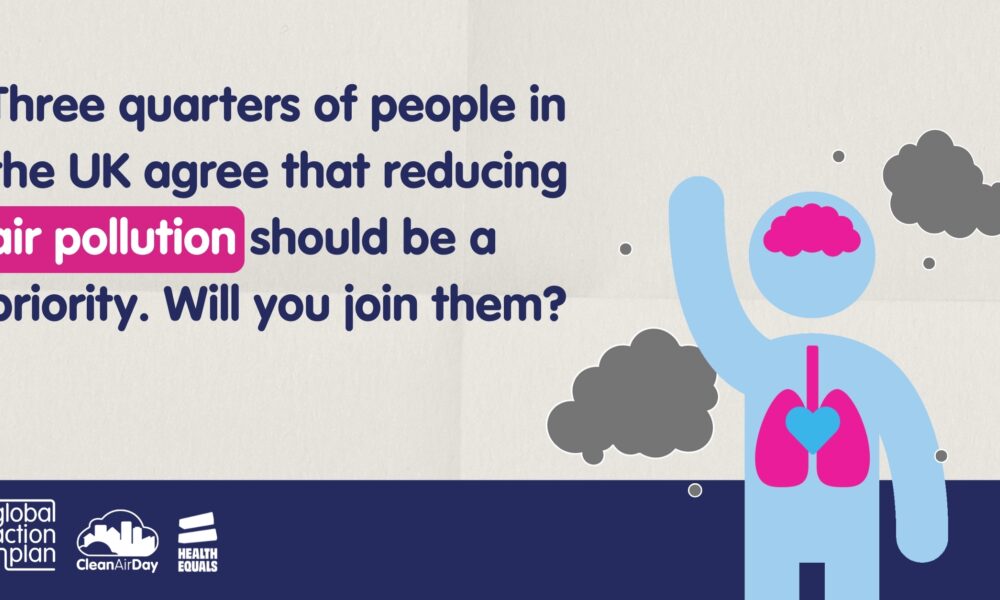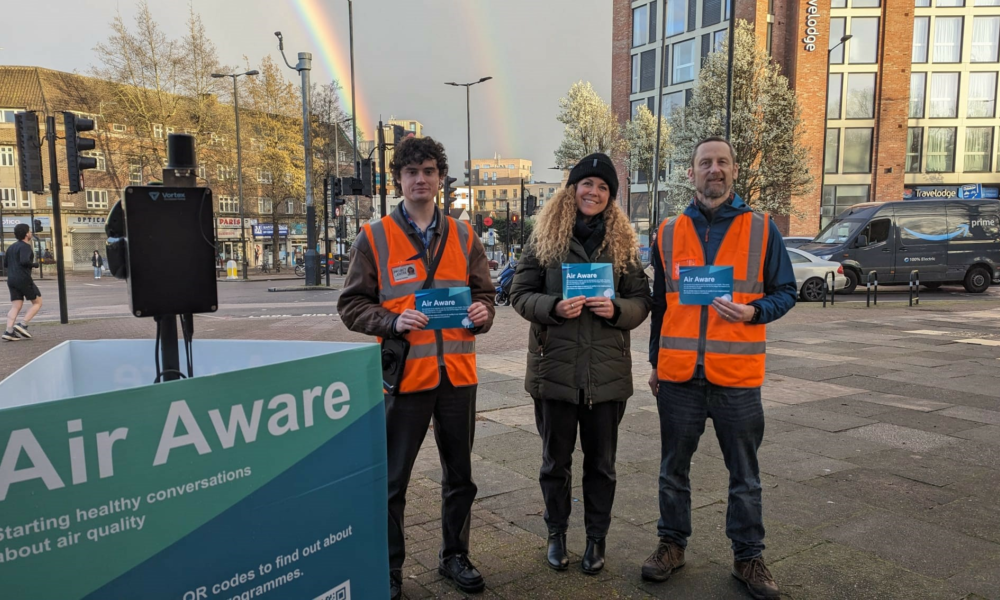Vortex's Race to Zero Emissions Targets
The Green Brick Road: How Vortex is Achieving our Road to Zero Emissions Targets. Discussing Vortex’s commitment to achieving net-zero emissions, including why we are pledging to net-zero, what we are currently doing, and what we plan to do in future.
Will McAllister - R&D Engineer - 24 October 2021

The burning of fossil fuels releases greenhouse gases that increase global temperatures. The planet’s 10 warmest years since records began in the late 19th Century have occurred since 2005, with 2020 taking 2nd place behind 2016. All around the globe we are seeing the effects of this warming through increased storms2 and less annual snow cover in the Northern hemisphere2, amongst many other things. We are already seeing the effects of this in the UK, with the summer of 2020 seeing a record 2,556 excess deaths due to heatwaves, as well as devastating flooding in the West Midlands and London in January and July of this year, respectively.
In 2019 the UK became the first major economy in the world to commit to reaching net zero emissions by 2050. With COP26 just around the corner, and the UK Government releasing their report on the country’s Net Zero Strategy this month (Oct 2021), now more than ever, attention from the world’s most important governments and organisations is set on tackling climate change.
Why are we pursuing sustainability?
There are many reasons why organisations and individuals should strive to be as sustainable as possible. Besides the obvious environmental benefits there are numerous gains available for businesses and their employees alike. In a recent annual survey from MIT Sloan Management Review, 75% of businesses who changed their business model to accommodate sustainable practices say their organisations either broke even or even showed profit in many cases.
Also, a recent Harvard Business Review found that companies that showed strong sustainability programs had 55% better morale and 38% better loyalty amongst employees, as well as a 16% increase in productivity. A greatly improved company image also attracts consumers, investors and others looking for businesses to adopt ambitious climate-related strategies.
So how can Vortex help?
Not only are Vortex products leading the way for other companies to achieve their net zero goals, but we have also recently committed to the SME Climate Hub Net Zero Pledge, which aims to half emissions by 2030 and achieve net zero emissions by 2040, ten years ahead of the Paris Agreement. We at Vortex, however, are more ambitious than this and have made a commitment to ourselves to achieve full net-zero by 2030.
Current Work
So, what are we doing currently to help in our pledge to achieve net-zero? Well, the first stage is to figure out where we are. We are in the middle of undertaking in-depth evaluations of the company’s current sustainability competencies. This includes looking at all parts of the business, from the manufacturing of our products, employee commuting to how much electricity we use in our office spaces. Everything needs to be accounted for.
In the meantime, the past 6 months have seen the transformation of our air quality monitoring product into a much more sustainable solution. The latest design incorporates a locally sourced, more recyclable outer plastic material, with increased durability, allowing for a 44% material reduction. The internal bracketry materials have also been reduced by 8%. Keeping in mind that we are doubling our gas sensor capacity, any reduction in internal materials is an impressive feat from our product design team. These improved product design changes will substantially reduce our scope 3 emissions by targeting the very top of the waste hierarchy.
This expansion of gas sensors, along with the existing gas and particulate matter range, allows our product to measure even more greenhouse gases such as CO2, NO2 and O3, just to name a few. As part of the LBHF’s award-winning Traffic Congestion & Pollution Reduction Scheme, our products have contributed to 95,000 less car movements a day, reducing emissions by an estimated daily average of a tonne. This is a perfect example of how our products are helping other organisations reach their net-zero targets.
Vortex IoTree
Research led by The Nature Conservancy and 15 other institutions suggest that nature-based solutions such as planting trees have the potential to provide up to 37% of the emission reductions needed by 2030 to keep global temperatures below 2oC. That is why at Vortex, we plant a tree for every unit sold. Our current carbon emissions analysis into our manufacturing will give us a better idea of whether one tree per unit is enough to offset the emissions produced during the manufacturing and use of our product, or if we should be planting more.
New Office Space
Also worth mentioning is our recent move to a new office space, which has given us more freedoms in how we approach some of our direct and indirect emissions. We plan to work with Neath Port Talbot council to measure and reduce our scope 1 and 2 emissions.
Attitudes in the workplace
Another goal of our net-zero program has been to foster a positive and healthy attitude around sustainability within the company. From a bottom-up perspective, being able to engage in open conversations about whether something is recyclable, carpooling, encouraging cycling into work, and other seemingly little things go a long way as they help employees to think more about how their actions could be affecting the environment. From a top-down perspective, our hiring practices help us to employ people who truly care about sustainability.
Future Work
So, what is the plan for the next year? Once we finish our sustainability reviews and get a good overall picture of where we stand, we can start accurately measuring our emissions, targeting each sector of the business one by one, starting with manufacturing.
Vortex is fully committed to achieving our net-zero target by 2030. We have only just begun our journey, and still have a very long way to go, but we believe it is a very achievable goal.
More blogs

Should clean air be a national priority?
Millions across the UK are still exposed to harmful levels of air pollution every day. As we mark Clean Air Day, it’s time to ask: if clean air impacts our health, our…

Engaging communities for cleaner air
As we mark Clean Air Day, we proudly highlight the significance of engagement and behaviour change to make a tangible difference in the fight against air pollution.